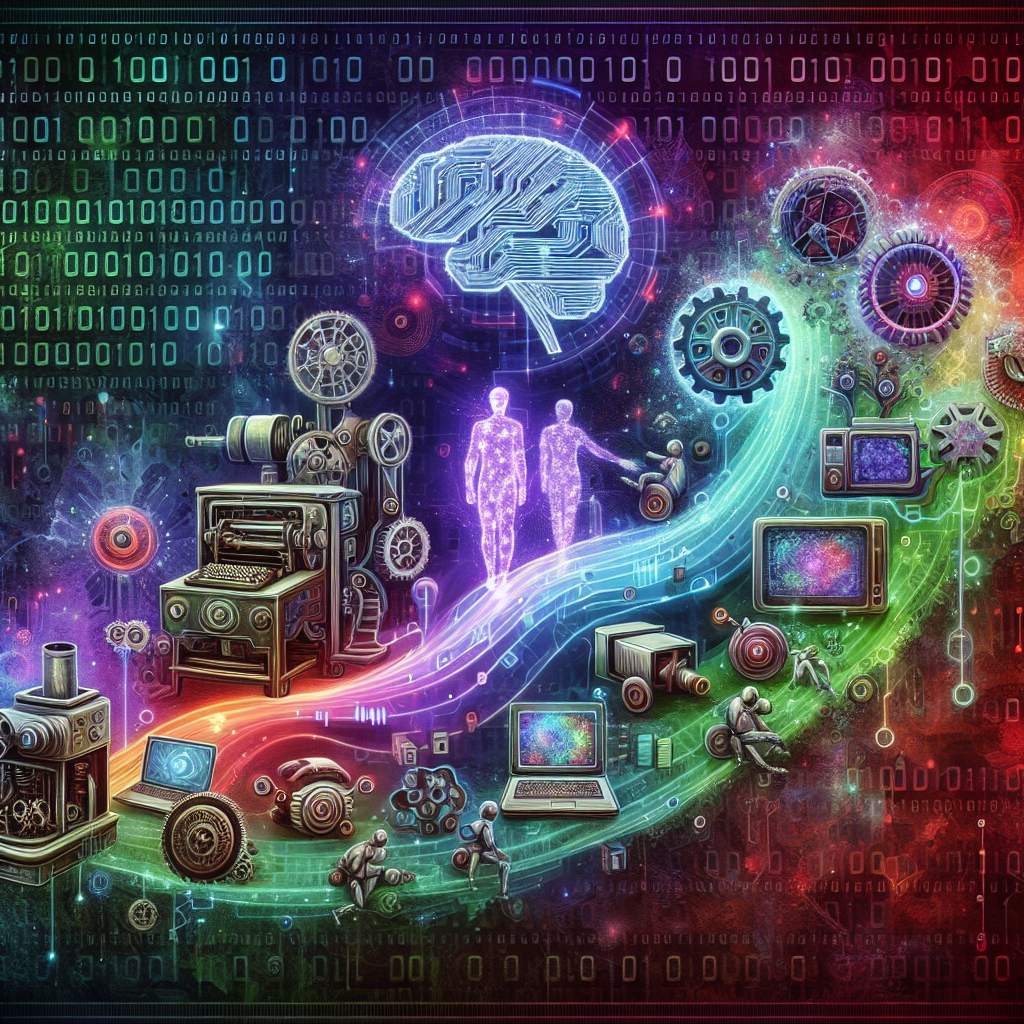Your cart is currently empty!
The Evolution of Generative AI: From Machine Learning to Creative Collaboration

Generative artificial intelligence (AI) has come a long way since its inception, evolving from simple machine learning algorithms to sophisticated systems capable of creative collaboration with humans. This evolution has been driven by advancements in computer processing power, new algorithms, and increased access to vast amounts of data.
Machine learning, the foundation of generative AI, involves training algorithms on large datasets to recognize patterns and make predictions. Early generative AI systems used machine learning techniques like neural networks to generate text, images, and music. While these systems were able to produce outputs based on the patterns they learned from the data, they lacked the ability to truly collaborate with humans in a creative way.
However, recent advancements in generative AI have led to the development of more sophisticated models that can not only generate content but also interact with humans in a creative process. One such example is OpenAI’s GPT-3, a language model that can generate human-like text based on a given prompt. GPT-3 has been used in a variety of applications, from writing articles to generating code snippets.
Another example is Google’s Magenta project, which focuses on creating AI systems that can generate music, art, and other forms of creative content. Magenta’s models are trained on large datasets of music and art, allowing them to generate original compositions that can be used by artists in their work.
The evolution of generative AI has also led to the emergence of collaborative tools that allow humans to work together with AI systems to create new content. For example, Runway ML is a platform that enables artists and designers to collaborate with AI models to generate new visual effects, animations, and other creative projects.
Overall, the evolution of generative AI from simple machine learning algorithms to creative collaboration with humans has opened up new possibilities for innovation and creativity. As these systems continue to advance, we can expect to see even more exciting applications in fields ranging from art and music to design and storytelling. The future of generative AI is bright, and the possibilities are endless.

Leave a Reply